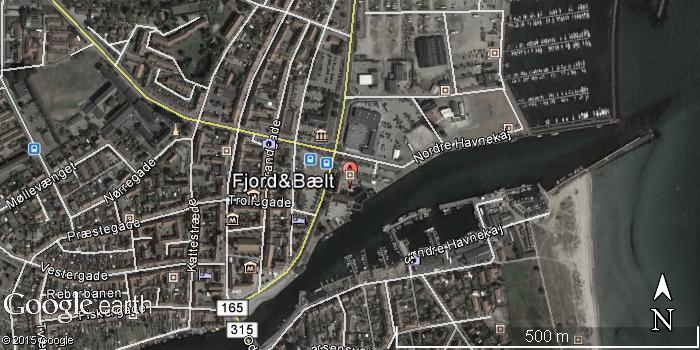A study recently published in Nature found that harbour porpoise (Phocoena phocoena) show what appears to be avoidance behaviour in response to low levels of high frequency underwater vessel noise.

The study, which was conducted with 4 harbour porpoise in a net pen at Fjord & Bælt in Denmark, exposed the animals to recordings of 133 vessels of various sizes and designs. The setup was to emulate exposure to vessel noise that can occur at more than 1,000 meters from the source.
In 27.5% of cases, the authors found that the animals showed a strong response in the form of porpoising. Interestingly, the authors also noted that habituation effects did not seem to play a role as the 4 harbour porpoise they worked with were routinely exposed to vessel noise due to the location of the net pen in a busy canal.

Harbour porpoise inhabit shallow coastal waters where they are frequently exposed to vessel noise. While the effects of high-frequency noise have so far been largely overlooked, the authors conclude that vessel noise may indeed be a substantial source of disturbance for these small cetaceans.
References
[zotpress items=”GGGVZ7N5″ style=”apa”]


